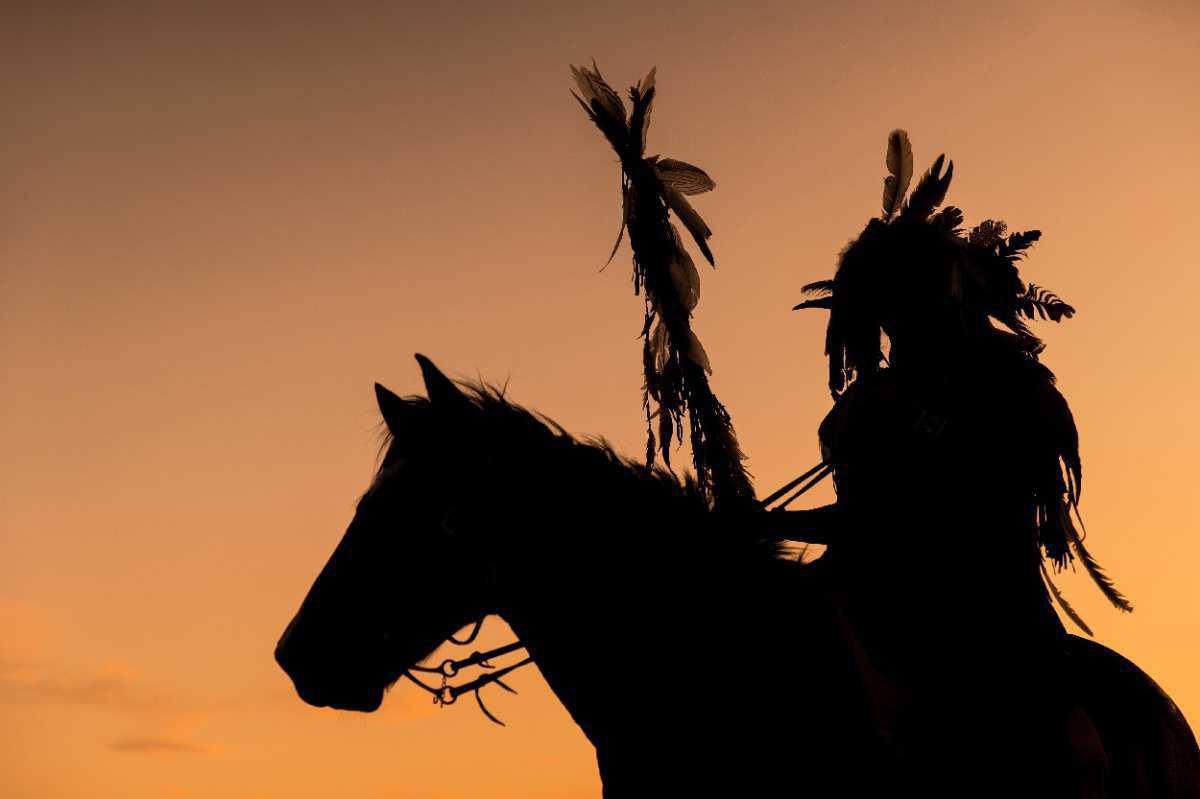In a recent study published in the journal Science, a team of international researchers, including scientists from the University of Colorado Boulder, have conducted a comprehensive investigation into the history of early horses in North America.
They delved into archaeological records, DNA evidence, and Indigenous oral traditions to provide a detailed account of the spread of these animals throughout the American West.
Contrary to many European accounts, the team's findings suggest that horses may have spread much earlier and faster than previously thought. The researchers examined about two dozen sets of animal remains from sites across New Mexico, Kansas, and Idaho. The team comprised scientists from 15 countries and several Native American groups, including the Lakota, Comanche, and Pawnee nations.
“What unites everyone is the shared vision of telling a different kind of story about horses,” said William Taylor, a corresponding author of the study and curator of archaeology at the CU Museum of Natural History. “Focusing only on the historical record has underestimated the antiquity and the complexity of Indigenous relationships with horses across a huge swath of the American West.”
To determine the timing and manner of the arrival of horses in different parts of the contemporary United States, the researchers utilized a variety of scientific tools, including archaeozoology, radiocarbon dating, and DNA sequencing. Their analysis indicates that Indigenous communities in regions as far north as Idaho and Wyoming were probably riding and breeding horses as early as the first half of the 17th century, possibly a century earlier than what European records had previously suggested.
This means that groups like the Comanche may have formed strong bonds with horses within just a few decades of their introduction to the Americas via Spanish ships. The study's findings are consistent with numerous Indigenous oral histories.
“All this information has come together to tell a bigger, broader, deeper story, a story that natives have always been aware of but has never been acknowledged,” said Jimmy Arterberry, co-author of the new study and tribal historian of the Comanche Nation in Oklahoma.
University of Colorado at Boulder
Header Image Credit : Shutterstock


